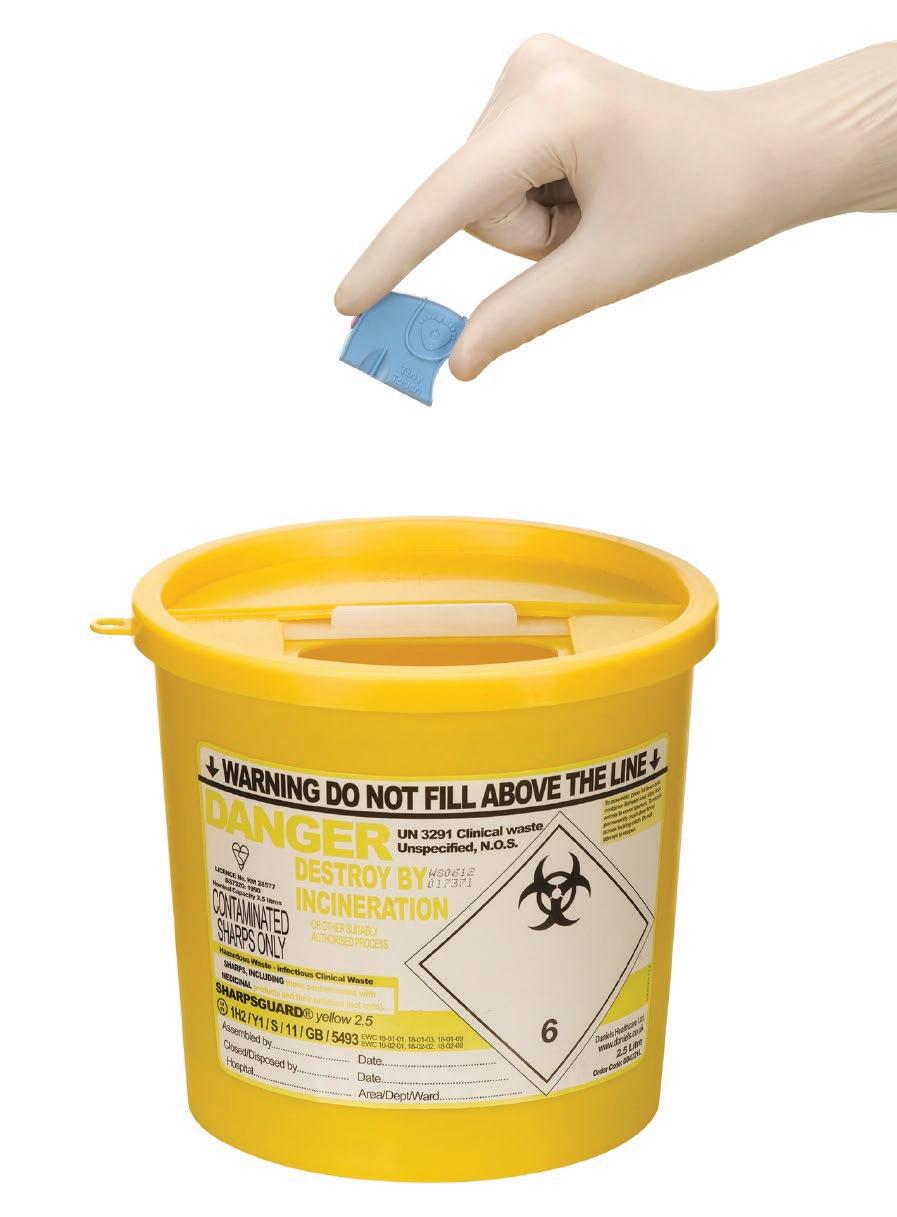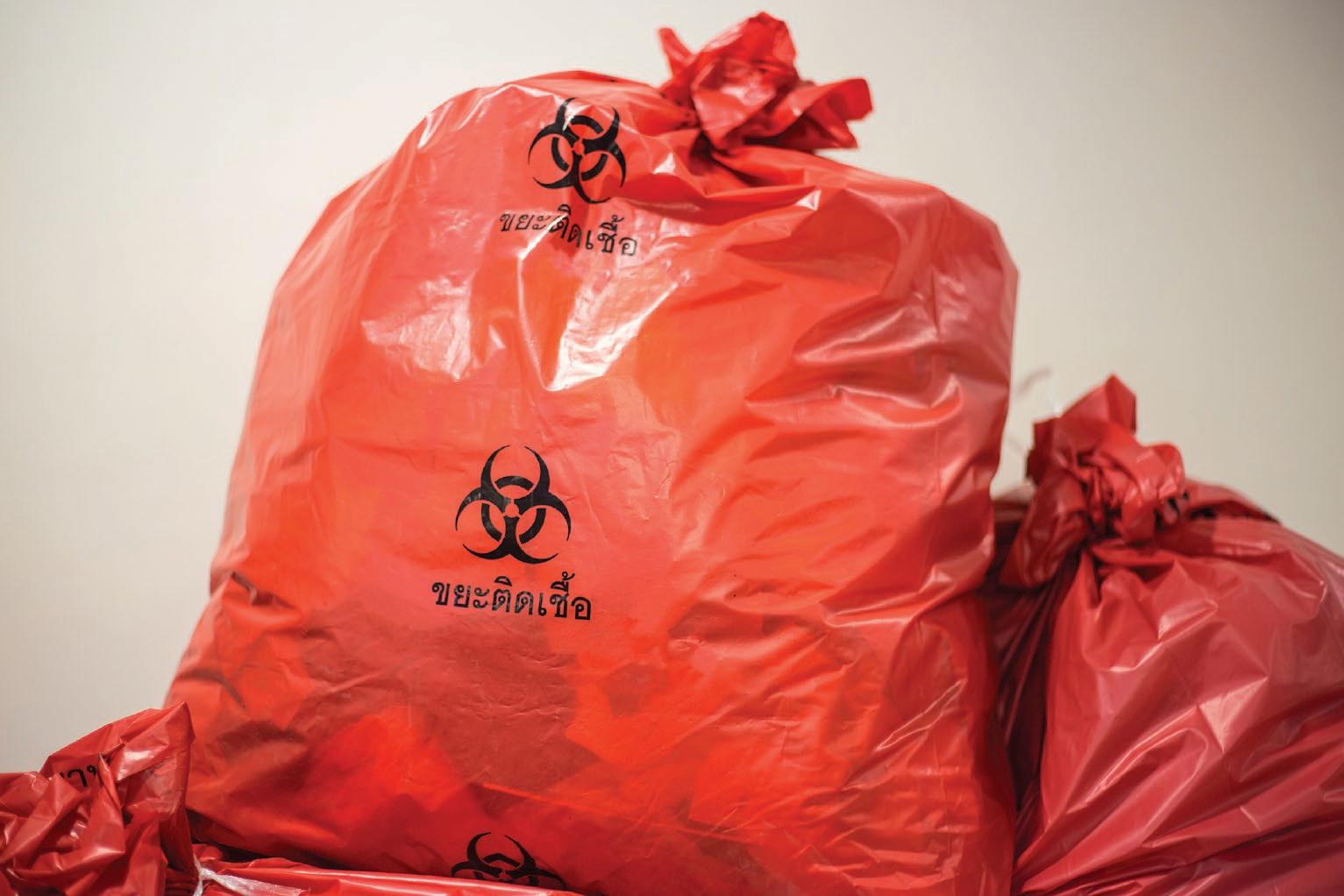PREVENTING NEEDLE STICK INJURIES AND THE ROLE OF SAFETY DEVICES
Protection for Healthcare Professionals from Needlestick Injuries and the Role of Safety Medical Devices Dr. Debra Adams OBE, Independent Consultant Advisor/ Assistant Director of Infection Prevention and Control (Midlands); NHS England/NHS Improvement Correspondence to - debadams23@yahoo.co.uk
Abstract Council Directive 2010/32/EU - Implementing the Framework Agreement on Prevention from Sharps Injuries in the Hospital and Healthcare Sector was adopted by all member states of the European Union (EU) on May 11th 2013. This article examines key issues surrounding healthcare worker associated sharps/needlestick injuries.
Introduction In 2010 the European Council identified the need to provide greater protection to all healthcare workers (HCW) in the hospital and healthcare setting who are at risk from sharps injuries1. Council Directive 2010/32/EU provides a legal framework for the management of sharps and needlestick injuries (NSI) within the EU member states. The regulations assist healthcare organisations with their transition into a safer working environment for those at risk of sharps/ NSI. The clinical, humanistic and economic burden associated with HCW who receive a sharps/NSI remains substantial2.
Compliance with Council Directive 2010/32/EU Mindmetre (2014), identified that one sixth of acute NHS hospitals in England that had not revised their sharps policies and one third of had not encouraged their staff to use safety devices ‘wherever possible’3. In 2015-16 the independent regulator for Great Britain, The Health and Safety Executive (HSE) reported findings from their targeted inspection initiative to look at compliance with the Health and Safety (Sharps Instruments in Healthcare) Regulations 2013.4 Health and safety breaches were identified at 90% of organisations
visited: 83% failed to comply with sharps initiatives and 45% were issued with improvement notices. Examples included: failure to use safer sharps, lack of a sharps prevention strategy, lack of risk assessments, staff not provided with adequate information on what to do when presented with patients own insulin and standard needles, failure to undertake reviews and report RIDDOR (Reporting of Injuries, Diseases and Dangerous Occurrences Regulations 2013) correctly.4,5,6 The concerns associated with poor compliance with the Directive in Great Britain are also supported by the European Hospital and Healthcare Employers Association (HOSPEEM) and European Federation of Public Service Unions (EPSU) who monitored the implementation of the Directive in Europe. They reported that 19 of the 27 European social partners who responded to their survey identified problems associated with the practical transposition of the Directive. Issues noted included; failure to eliminate, prevent and protect from risks of medical sharps, and failure to have systems to report sharps/NSI.7
In 2010 the European Council identified the need to provide greater protection to all healthcare workers (HCW) in the hospital and healthcare setting who are at risk from sharps injuries
Risks Associated with a Sharps/NSI Injury Rates of reported sharps/NSI vary from country to country. In the United Kingdom (UK), the National Audit Office8 identified that 17% of accidents reported were associated with needlesticks or sharps. In Italy Stefanati et al., reported that 53% of nurses and nursing students had experienced at least one injury.9 In France, 6.3 bloody and body fluid exposures per 100 beds were noted with the most frequently reported being NSI.10 WWW.HOSPITALREPORTS.EU | 3






